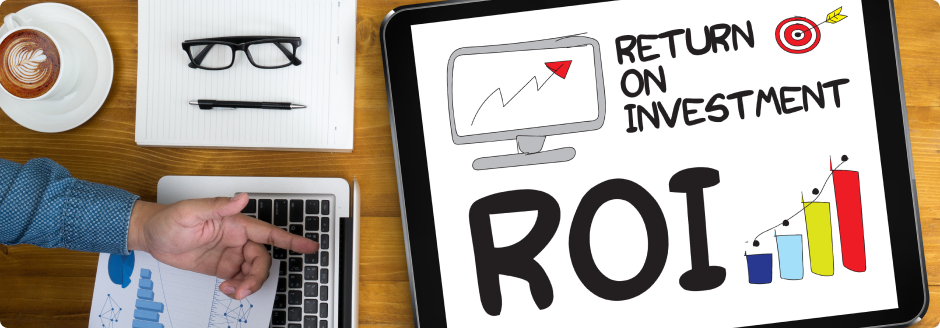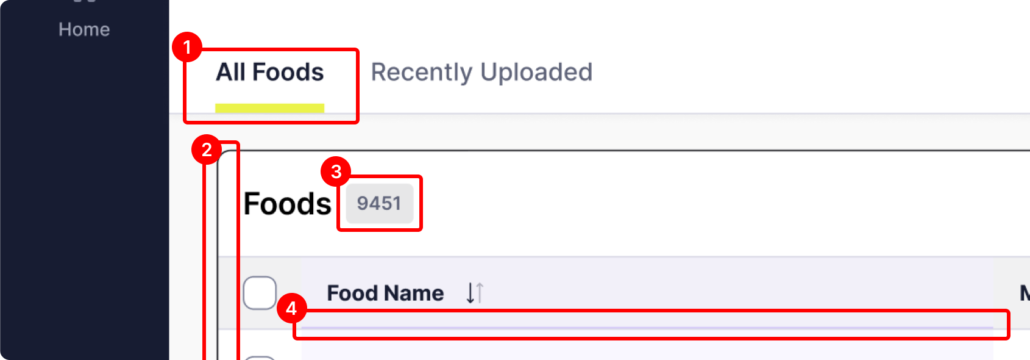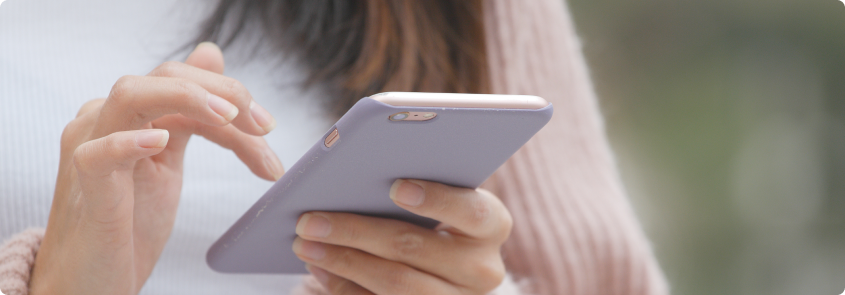
Every dollar invested in ease of use returns $10 to $100
For most of my career, I have been standing on my soapbox preaching the importance of User Experience to anyone who would listen. Usually, it’s during an initial sales presentation when I’m trying to convince a client why they should spend more time and focus on the upfront design work of their software because it will save them a ton of time and money on the development work.
It doesn’t always sink in. So when I read articles from some of the big players, such as IBM, I jump on the opportunity to say, “Don’t take my word for it – read this!”.In the book Cost-Justifying Usability, Clare-Marie Karat, Ph.D. from the IBM T. J. Watson Research Center references a study where:
$20,700 spent on usability resulted in a $47,700 return on the first day the improvements we implemented and $68,000 spent on usability on another system resulted in $6,800,000 return in the first year.
It then goes on to say that reports have shown that it is far more economical to consider user needs in the early stages of design than solve them later. For example, in Software Engineering: A Practitioner’s Approach, author Robert Pressman shows that for every dollar spent to resolve a problem during product design, $10 would be spent on the same problem during development and $100 or more if the problem had to be solved after the product’s release. Simply stated, the lesson is clear: It is far less expensive to prevent a problem from occurring in the first place than to fix it later.
At UX Team, we sometimes compete with IBM on software design and development projects, and when IBM wins, we can almost hear the client justify their decision by repeating the traditional axiom: “Nobody ever got fired for hiring IBM“. So, when I’m desperate to cite some research that will help me make my case for why a client should focus more on UX, I say, “Nobody ever got fired for quoting IBM.”
More recent proof that UX is a smart investment
These findings haven’t aged a day—but newer research has taken things even further:
- McKinsey’s 2018 report “The Business Value of Design” tracked over 300 companies and found that those with strong design practices outperformed their peers by up to 2x in terms of revenue growth.
- Forrester Research (paid report) still backs the figure that every $1 invested in UX brings a return of up to $100, especially when it avoids costly redesigns and customer churn.
- Pendo’s 2023 Product Benchmarks report revealed that 60% of software features are rarely or never used—a direct result of skipping proper user research and usability validation. That’s not just wasted effort—it’s wasted money.
UX in the age of AI and automation
As software increasingly incorporates AI and automation, the stakes are even higher. A confusing or clunky interface doesn’t just lead to frustration—it can erode trust in the system itself. When your product is making decisions on behalf of users, clarity and control matter more than ever.
Investing in usability early ensures that innovation doesn’t become a liability.
Final thoughts
$1 spent on UX early = $10–$100 saved later
Better UX = fewer iterations, less rework, higher adoption
UX is not a cost—it’s a multiplier




